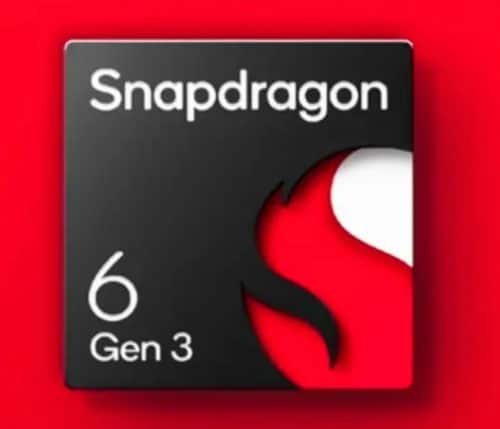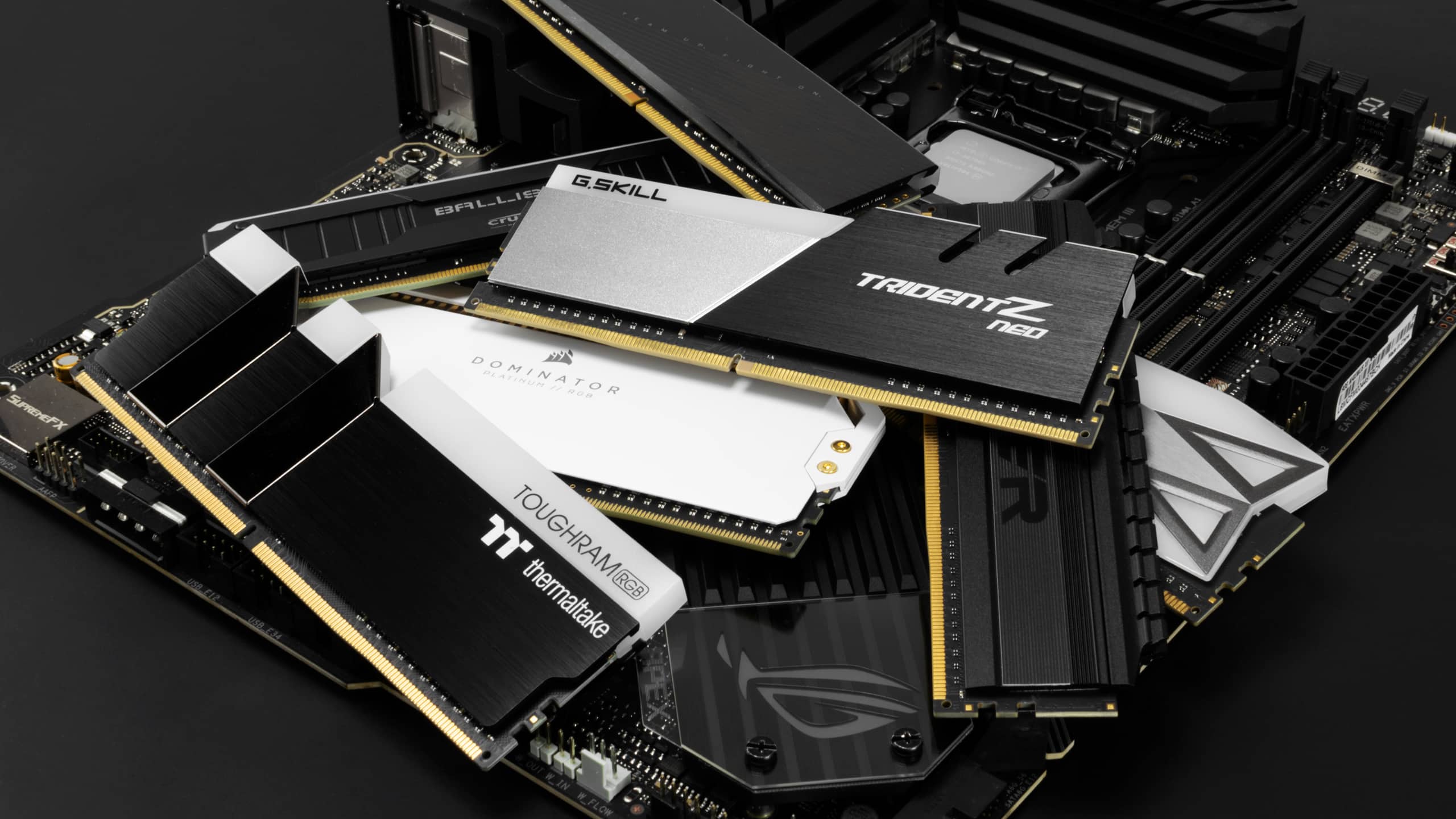A new AI mid-range SoC
Qualcomm has been refreshing its mid-range chipsets lately to enable AI across a broader range of smartphones. Following the Snapdragon 7s Gen 3 last month, the chipmaker unveiled the Snapdragon 6 Gen 3, another mid-range SoC that should deliver AI features and better graphics to more affordable mid-rangers.
The Snapdragon 6 Gen 3 is the successor to the Snapdragon 6 Gen 1, which powers major mid-range devices like the new Sony Xperia 10 VI and Motorola Moto G Stylus. Qualcomm skipped the second generation, likely to align the new chip with its recent offerings. The new platform is slated for action in upcoming mid-range smartphones and budget entries.
How fast is the Snapdragon 6 Gen 3 compared to the Gen 1?
In terms of performance, the Snapdragon 6 Gen 3 SoC is very close to the Snapdragon 7s Gen 2, with both silicons based on a 4 nm node and featuring an octa-core CPU and an Adreno 710 GPU with some downgrades though in the CPU and display departments. The clock speed and the supported maximum display refresh rate differ. Qualcomm Snapdragon 6 Gen 3 mobile processor Qualcomm says that the Snapdragon 6 Gen 3’s AI Engine will give 20% better AI performance, thus making everyday tasks more accessible and features like AI-based noise cancellation and AI-based activity tracking. The Snapdragon 6 Gen 3 improves AI performance for activity tracking and noise cancellation during calls.
Four Cortex-A78 cores headline the chip’s processor, clocked at 2.4 GHz, and four efficiency Cortex-A55 cores run at 1.8 GHz, slightly lower than the Snapdragon 7s Gen 2’s 1.9 GHz. Qualcomm says the CPU is 10 percent faster overall than the Snapdragon 6 Gen 1. Snapdragon 6 Gen 3 comes with an octa-core CPU – four 2.4 GHz Cortex-A78 cores and four 1.8 GHz Cortex-A55 cores, matching the Snapdragon 7s Gen 2’s setup architecture, but the falling slightly short in the efficiency cores clock (the 7s Gen 2’s run at 1.95 GHz). The other difference is that 6 Gen 3 supports displays with up to Full HD+ resolution at 120 Hz refresh rate and not 144 Hz, like the 7s.
Qualcomm used an Adreno 710 GPU, which supports the older LPDDR4X and newer LPDDR5 RAM versions but only UFS 3.1 storage. While it has the same Adreno 710 GPU, Qualcomm touts the overall graphics performance as 30 percent better than the previous generation. Similarly, the new neural processing unit, also known as the AI engine, is said to offer 20 percent improved processing. Games also have variable-rate shading, color upscaling, and refresh rate optimization.
In the camera department, Snapdragon 6 Gen 3 can handle a 48 MP single sensor for continuous reads, 32 MP and 16 MP dual sensors, or up to 200 MP photo capture. The Snapdragon 6 Gen 3 SoC features the same 12-bit ISP and is compatible with up to 200 MP sensors as the Gen 1. Wi-Fi 6E, Bluetooth 5.2, and Quick Charge 4+ are also supported.
Smartphones that may be powered by Snapdragon 6 Gen 3 SoC
With this setup, we’ll likely see premium performance even in mid-range Android smartphones at more affordable prices. It’s unclear yet which models will carry the new chip, but the alleged 2025 Sony Xperia 10 VII and Motorola Moto G Stylus might be among those the platform will power. Qualcomm did not publish an official press release about the chipset, and we are still determining when the product will be available to OEMs.


